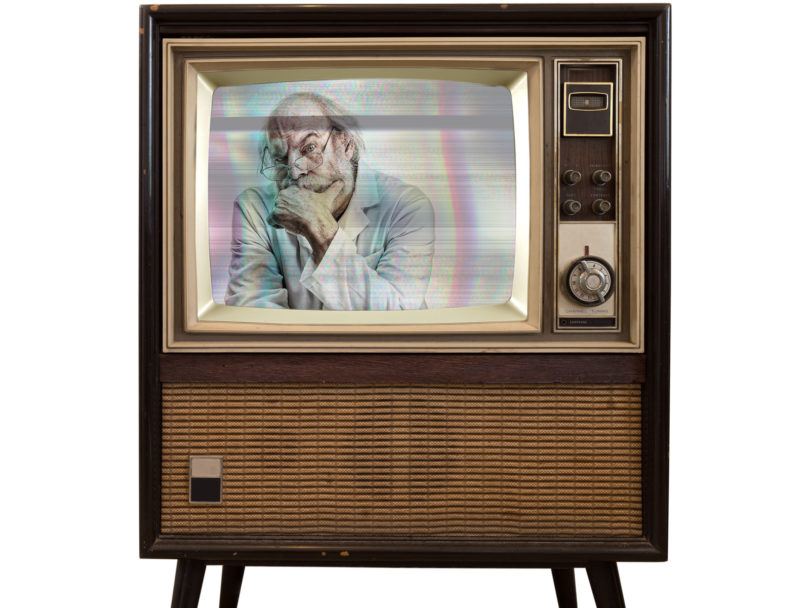It’s estimated that 7 million people will turn to the Internet this year to visit a doctor. Telemedicine — the use of telecommunications and information technology to provide clinical health care from a distance — is not only changing how medicine is practiced, but how each one of us thinks about his or her role in staying healthy.
The history of telemedicine is as old as the telecommunications industry itself. In April of 1924, Radio News Magazine featured an illustration of a physician attending to a patient through a video call — thereby foretelling the synthesis of modern technology and the age-old practice of healing. The merger literally took off like a rocket when, in the 1960s, NASA developed technology into early spacecraft and spacesuits to monitor astronauts’ physiological status.
Back on Earth and a mere 50 years later, about 70 percent of employers plan to offer telemedicine services as an employee benefit, and an estimated 90 percent of healthcare executives said their organizations have implemented or are developing telemedicine programs.
In Hampton Roads, Va., all three major health systems — Bon Secours Health System, Riverside Health System and Sentara Healthcare — are nationally recognized for being “most wired” hospitals and for their adaption of telehealth and mobile technology.
For many people, the idea of having a virtual visit with their healthcare provider seems too impersonal and too “high tech.” They make the case that the personal touch of a face-to-face encounter adds to the healing process and that diagnosing across cyberspace is prone to too many errors. Telemedicine advocates counter that patient satisfaction often increases with the use of e-visits due to ease of access, convenience of appointments and absence of long waits in rooms filled with, let’s face it, other sick people.
When it comes to concerns about misdiagnosis, it’s important to remember that many of us get our medical advice after asking a family member or friend, “What do you think this is?” Additionally, websites like WebMD are visited by millions of people seeking self-diagnosis — Dr. Google, anyone?
According to a Pew Research study, 35 percent of people who self-diagnosed online did not visit a clinician to get their initial diagnosis confirmed.
In these cases, virtual visits can decrease misdiagnosis by acting as a bridge between a patient’s online research and a qualified specialist.
The initial selling point of telemedicine was that those in under-served, rural areas would now have access to the same level of care as those in more urban, highly populated areas. Pushed along by a $16 million grant from the federal government in 2016, these hard-to-reach areas have benefitted from the ease of access — assuming their locality has a supportive Internet structure.
Studies of patients who have accessed telemedicine report a growing list of pros, while the downside is often related to technical problems and/or provider problems with reimbursement. Among populations with chronic illnesses, not only is there satisfaction with the service, there is an increase in treatment compliance and a measurable decrease in hospital admissions. As anyone who has ever missed, forgotten or just plain refused a follow-up visit knows, the key to a healthier self is to make contact with a health professional.
As medicine enters into the on-demand world of high tech, it stands to reason that patients will feel more in control of, and like contributors to, their health status. In a classic case of “back to the future,” we stand at the forefront of the return to the time-honored tradition of house calls. That these new house calls are taking place over great distances, while offering the connectivity to a world wide web of wellness, means they offer the best of both worlds — delivering the skills of an expanding medical science whenever and wherever they’re needed.
While e-visits will never completely replace the need for the personal hands-on touch of healthcare, they can increase the personal investments we all have in healthcare. Summoning health providers, who themselves have access to an interconnected world of health information, with the click of a mouse means greater options and opportunities for feeling in charge of one’s wellness. Rather than being another example of technology replacing the human element, telemedicine represents the next stage of evolution toward living healthier and happier lives. And that’s just what the doctor ordered.



